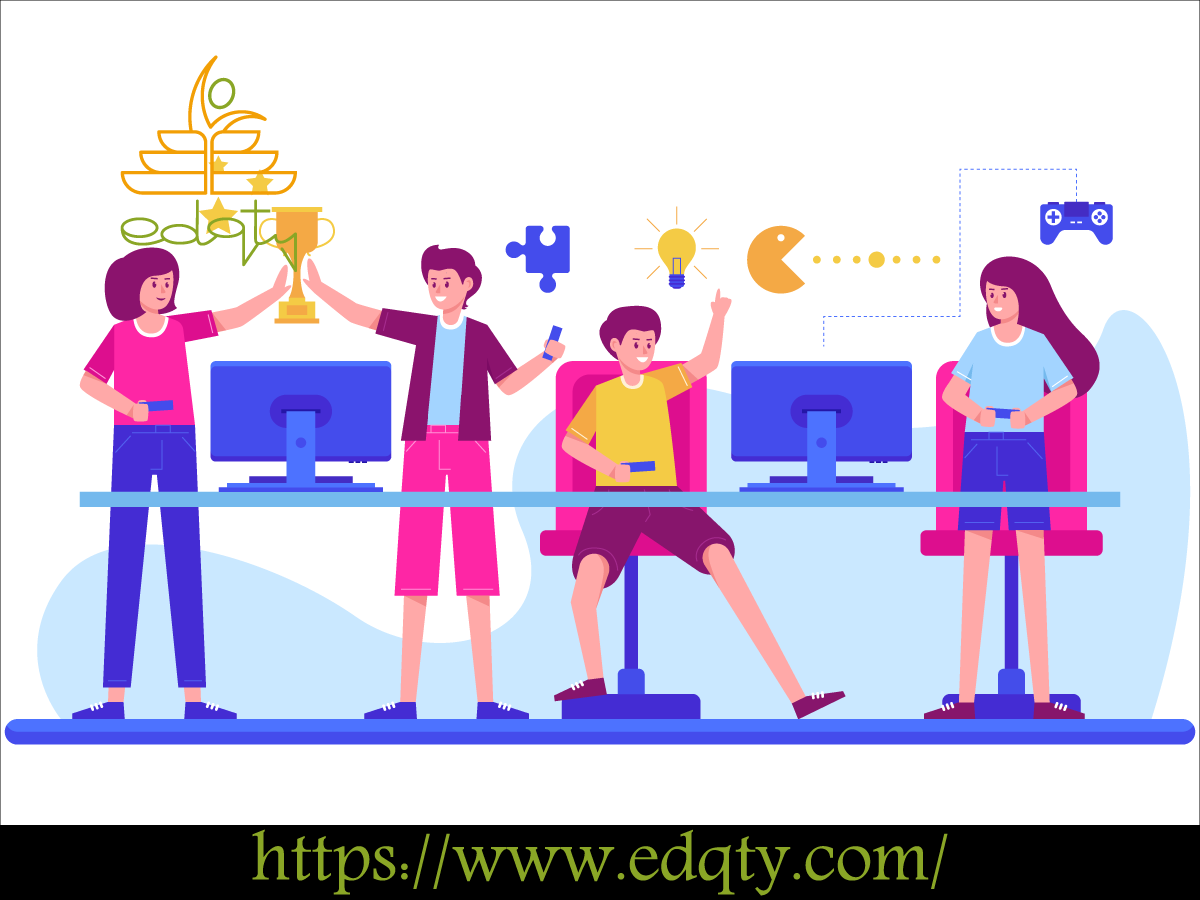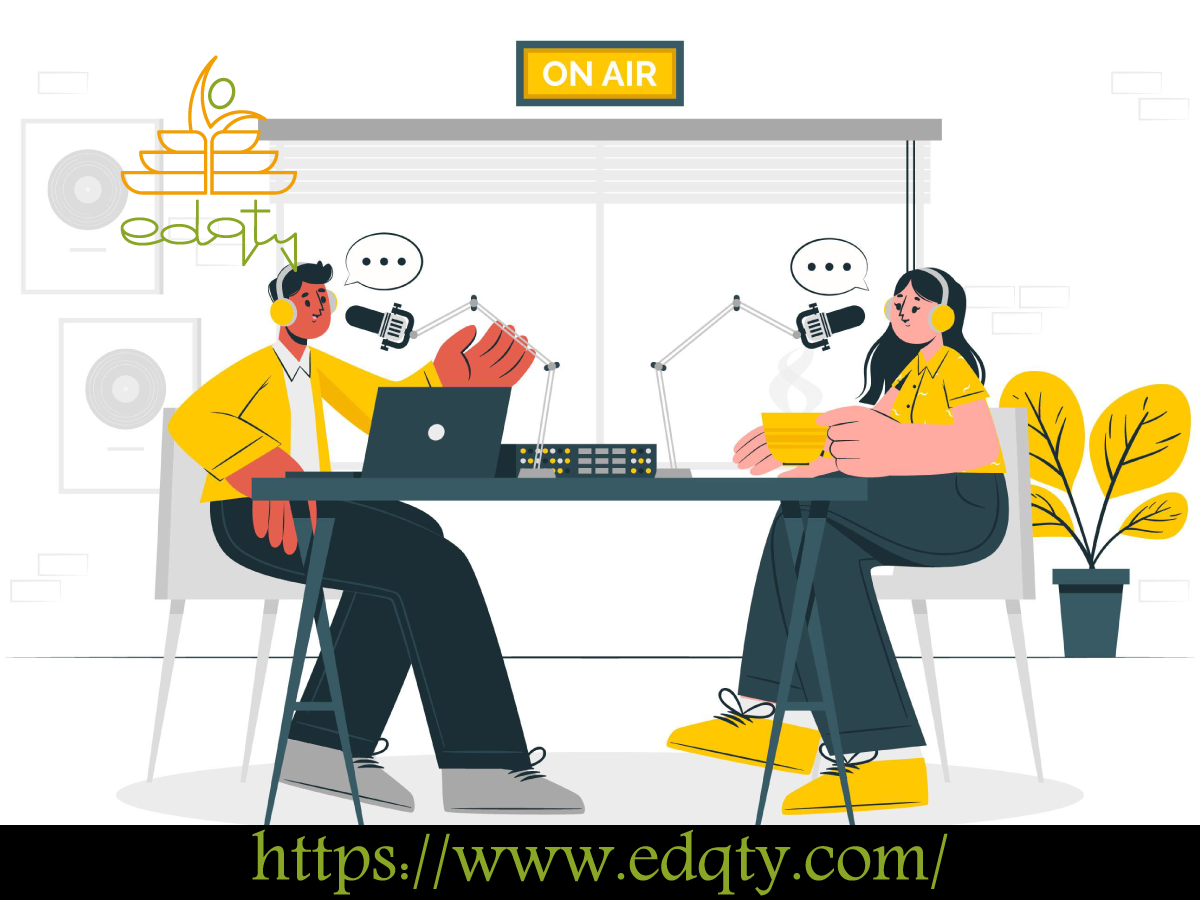Gamification in Education: Empowering Students & Staff

Gamification in education is a powerful strategy that transforms traditional learning by integrating game-like elements—such as points, badges, and challenges—into educational content. This approach turns passive listening into active participation, making learning more engaging, motivating, and effective.
By tapping into our natural desire for achievement and competition, gamification boosts knowledge retention, sharpens focus, and makes the entire learning process more enjoyable. Whether in a corporate training session or a university classroom, it’s a proven method for driving real results.
What is Gamification?
At its core, gamification is about applying game mechanics to non-game contexts. Instead of just presenting facts, it creates an interactive experience where learners can earn rewards, track their progress, and compete with peers.
Gamification vs. Game-Based Learning
It’s important to understand the difference between these two related concepts:
- Gamification adds game elements to existing learning material. Think of a progress bar in an online course or earning a badge for completing a module.
- Game-Based Learning uses an entire game to teach a concept. For example, playing a historical simulation game to learn about ancient civilizations.
Both are effective, but gamification is often easier to integrate into existing curricula.
The Psychology: Why Gamification Works 🧠
Gamification is so effective because it taps directly into our brain’s reward system. When we achieve a goal, earn a badge, or get a high score, our brain releases dopamine, a chemical associated with pleasure and motivation. This creates a positive feedback loop:
- You complete a task.
- You receive a reward (points, badge).
- Your brain releases dopamine, making you feel good.
- You are motivated to repeat the task to get that feeling again.
This simple cycle boosts engagement, improves long-term memory, and builds confidence.
Core Elements of Gamification 🎮
Effective gamified learning uses a combination of these key mechanics:
- Points: Award points for correct answers or task completion to provide instant feedback.
- Badges and Achievements: Offer visual rewards to recognize milestones and accomplishments.
- Leaderboards: Foster a sense of friendly competition by allowing learners to see how they rank against their peers.
- Challenges and Quests: Frame lessons as “missions” or “quests” to make them more exciting.
- Progress Bars: Visually show learners how far they’ve come and how close they are to the next goal.
- Storylines: Weave a narrative through the learning material to create a more immersive and compelling experience.
Gamification in Action: Real-World Examples
Gamification is not just a theory; it’s being successfully applied across various sectors.
In Corporate Training 💼
Companies use gamification to make employee training more dynamic. For example:
- Onboarding: New hires complete mini-challenges to learn company policies, earning points as they go.
- Sales Training: Sales teams compete in simulated scenarios to see who can close the most “virtual” deals.
- Compliance Training: Dull but necessary topics are turned into timed quizzes and interactive puzzles to ensure information is retained.
In Schools & Universities 🎓
Educators use gamification to boost student engagement and academic performance:
- Digital Quizzes: Platforms like Kahoot! turn classroom reviews into exciting, fast-paced games.
- Group Contests: Students work in teams to solve problems, fostering collaboration and teamwork.
- Personalized Learning Paths: Students “level up” through topics at their own pace, unlocking new content as they master concepts.
In Healthcare 🩺
In the high-stakes world of healthcare, gamification provides a safe way to practice critical skills:
- Surgical Simulations: Surgeons can practice complex procedures in a risk-free virtual environment.
- Protocol Training: Nurses and doctors earn badges for correctly following emergency protocols in simulated scenarios.
How to Create an Effective Gamification Strategy
Implementing gamification requires more than just adding a few points and badges. Follow these steps for the best results:
- Define Your Goals: What do you want to achieve? Be specific (e.g., “Increase course completion rates by 25%”).
- Know Your Audience: What motivates your learners? A corporate executive might be driven by different rewards than a high school student.
- Choose the Right Game Mechanics: Align your chosen elements with your learning objectives. A leaderboard is great for sales training, while progress bars are perfect for self-paced online courses.
- Pilot Test and Get Feedback: Before a full rollout, test your gamified program with a small group. Use their feedback to identify and fix any issues.
- Launch and Continuously Improve: Monitor engagement and performance data to see what’s working and what’s not. Be prepared to update challenges and rewards to keep the experience fresh.
The Future of Gamified Learning 🚀
The future of gamification is incredibly exciting, with emerging technologies set to make learning even more immersive:
- Virtual Reality (VR) and Augmented Reality (AR): Imagine learning about human anatomy by exploring a 3D virtual body or practicing public speaking in front of a virtual audience.
- Artificial Intelligence (AI): AI will create truly adaptive learning paths, adjusting the difficulty of challenges in real-time based on a learner’s performance.
- Mobile and Wearable Tech: Learning will become even more accessible, with bite-sized challenges and notifications delivered directly to smartphones and smartwatches.
By embracing these playful yet powerful strategies, educators and trainers can create learning experiences that are not only more effective but also genuinely inspiring.
Disclaimer:
This guide provides an overview of gamification concepts and strategies for educational and training purposes. The effectiveness of any gamification strategy is highly dependent on the specific learning environment, the audience, the subject matter, and the quality of implementation.
We encourage educators and trainers to use this information as a starting point and to apply their own professional judgment when designing and implementing gamified learning experiences for their unique needs. While gamification can be a powerful motivational tool, we do not guarantee any specific outcomes or performance metrics.
Mention of specific platforms or tools is for illustrative purposes only and does not constitute a formal endorsement.


